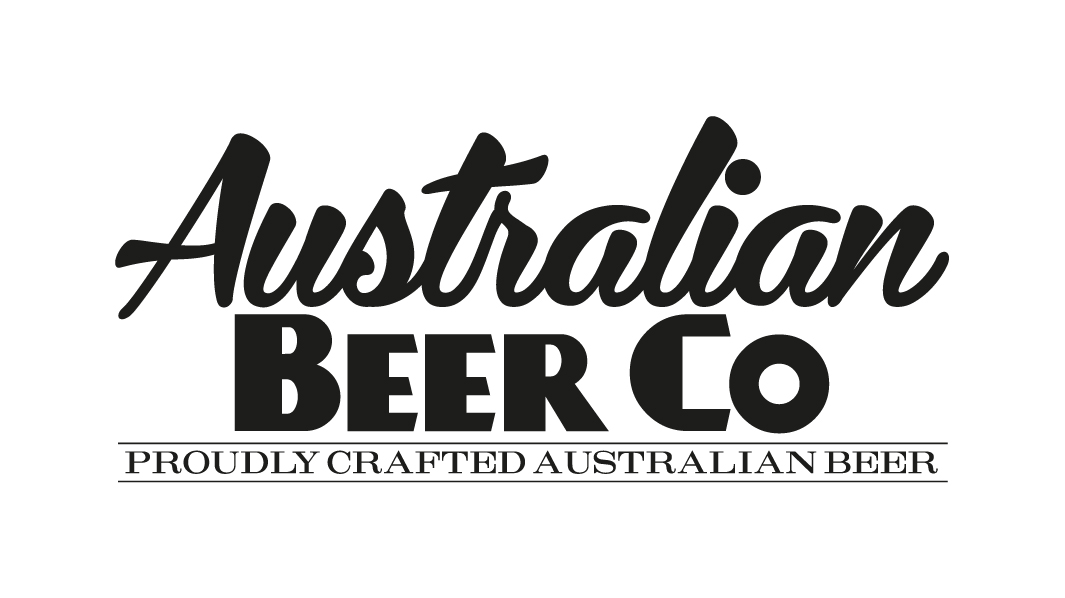Information
-
OHS Contractor Inspection [number] [first] [last]
-
Contractor
-
Job
-
Conducted on
-
Prepared by
-
Location
-
Personnel
Induction / Paperwork
-
Attended contractor Induction
-
Supplied appropriate licenses /training
-
Photograph of Evidence
-
Supplied copy of register/ MSDS
-
Current workers comp insurance
-
Current liability/works insurance
-
Supplied site safety management plan
-
Safe work method statements (SWMS)
SWMS
-
Safe work method statements (SWMS)
-
Photograph of Evidence
-
Hazard/Risk Assessment
-
Photograph of Evidence
Confined Spaces
-
Qualified (sight certificate)
-
Work must stop immediately if any of the above requirements are not meet.
-
Photograph of Evidence
-
Permit completed and authorised
-
Work must stop immediately if any of the above requirements are not meet.
-
Photograph of Evidence
-
Emergency equipment in place
-
Work must stop immediately if any of the above requirements are not meet.
-
Photograph of Evidence
-
Atmosphere monitored
-
Work must stop immediately if any of the above requirements are not meet.
Hot Work
-
Permit sighted and authorised
-
Work must stop immediately if permit has not been issues.
-
Photograph of Evidence
-
Fire extinguisher within 5 metres
-
Work must stop immediately if permit has not been issues.
-
Wielding screens in place (if required)
-
Work must stop immediately if permit has not been issues.
-
Flammables removed
-
Work must stop immediately if permit has not been issues.
Lockout / Tag Out
-
Equipment isolated tag/lock
-
Work must stop immediately if permit has not been issues.
-
Name & dated tag (of contractor isolating)
-
Work must stop immediately if permit has not been issues.
-
Photograph of Evidence
Working At Heights
-
EWP- level ground , outriggers extended
-
Appropriate licenses e.g. 11m boom
-
Photograph of Evidence
-
Fall protection being used
-
Fall protection condition
-
Safe work method statement (SWMS)
Signage / Barricades
-
Clear/ legible/ understandable
-
Adequate barricades/signage
-
Photograph of Evidence
-
Suitable locations
Electrical
-
No electrical leads across access areas
-
Power tools – test/tag, RCD
-
Extension leads –test/tag, RCD
-
Appropriate use of extension cables
Gases & Chemicals
-
Register / MSDS sighted
-
Photograph of Evidence
-
Storage
-
Labelled
-
Training - SWMS
Personal Protective equipment
-
Head Protection
-
Foot Protection
-
Eye/ Face – including welding helmets
-
Respiratory
-
Hearing
-
Clothing – welding, chemical
-
High visibility clothing
-
Hand
-
Training
-
Sunscreen
Housekeeping
-
Cleaning – sweeping
-
Loads covered
-
Excess/ unnecessary equipment/articles
-
Rubbish / waste
-
Storage – tidy/accessible/stable
Obstructions
-
Walkways/stairs/access
-
Access to emergency equipment
-
No hoses, or cables crossing walkways
Work Enviroment
-
Layout & positioning of work area
-
Dust control (not causing dust)
-
Note Controls
-
Fume control (not causing fumes)
-
Note Controls
-
Adequate emergency equipment
-
Access to first aid kits
Plant & Equipment
-
Damage / unsafe conditions
-
Note Controls
-
Leaks – Gas/oil/air
-
Guarding – not fitted/ damaged
-
Isolation – emergency stop - labelled
-
Routine inspections – fork lift trucks/ crane
-
Trained/licensed operators
-
Photo Documentary Evidence
-
Work must stop immediately if Trained/Licensed Operator documentation is not observed.
Site Traffic Rules
-
Authorised vehicle access
-
Authorised personnel access
-
Signed in
-
Photo Documentary Evidence
-
Abide be speed limits
-
abide by traffic rules
Other
-
Note any additional comments:
-
Auditor Signature:














